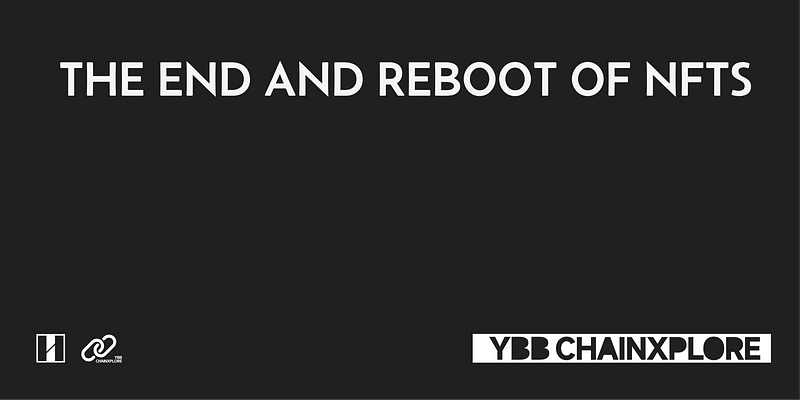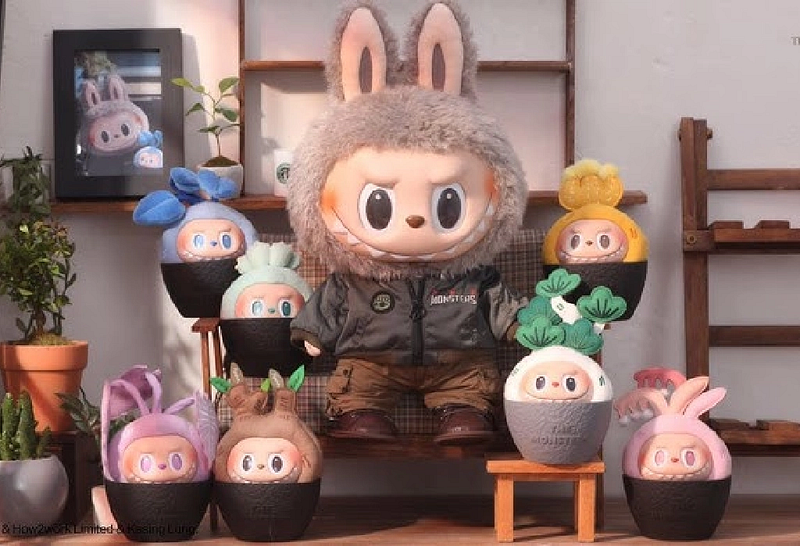
Author: YBB Capital Researcher Zeke
1. The Collapse of NFTs
The final cry of the NFT era ended with the token launch of Pudgy Penguins, while Doodles’ recent release on Solana made barely a ripple. Yuga Labs continues its downsizing, this time cutting into the very soul of its identity — Cryptopunks. Even the Bitcoin NFT revival, once the last glimmer of a comeback, has nearly faded to zero. These once-hyped narratives have long fallen into obscurity, now met with indifference.

The original vision behind 10k PFPs was once full of promise: a perfectly sized community helping a bottom-up IP project gain global traction. This was fundamentally different from traditional IP creation, where companies like Disney spent years and massive budgets building franchises like the Marvel Universe, Star Wars, or animated characters that became household names and revenue machines.
NFTs flipped that model. The barrier to entry was incredibly low, and the speed at which an IP could be created and monetized was unprecedented. A creator only needed to pay a small amount of gas to mint their artwork on OpenSea — no gallery, no toy manufacturer, no film studio, no professional team. Just like that, an IP or a new artist was born.
A few years ago, we witnessed grassroots IPs rising to popularity across the entertainment industries of the West, Japan, and Korea. A self-taught artist could break out through NFTs. For someone like me, a Gen Z kid raised on Japanese anime, being able to participate in the investment and incubation of IPs once reserved for the elite felt like a dream.
But then came BAYC’s “endless nesting dolls” and Azuki’s disastrous Elementals series. The vague nature of NFTs started to crystallize. They weren’t really equity or investments; they were more like overpriced luxury goods with some membership perks. And yet, project teams expected us to keep buying new sub-series to fund their roadmap of content-building IP value. The contradiction was planted early: they knew creating content was expensive, but without it, the IP would die. Releasing new sub-collections every few months sucked value from OG holders, slowly bleeding the community. Years of content building might never yield results — or the results might never come at all.
The cracks grew wider. As floor prices fell, the lofty dreams shattered. What remained was bitter infighting.



